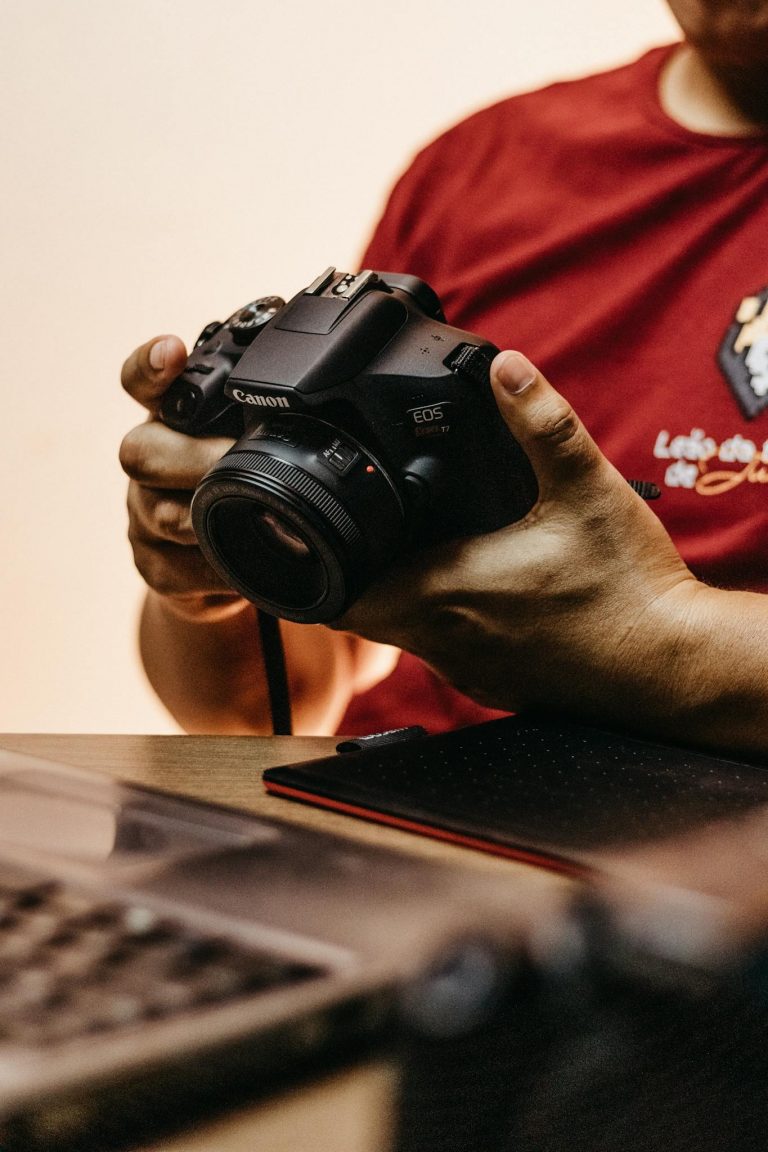
The Art of Composition: Transforming Photography Through Creativity
Introduction
Photography is not just about pointing and shooting; it’s an art form that requires a keen eye for detail, creativity, and the ability to convey a story or emotion through an image. While the right equipment and lighting are crucial, one of the most powerful tools at a photographer’s disposal is composition. Composition, in photography, refers to the arrangement of elements within the frame to create a visually pleasing and engaging image. In this blog post, we will explore how composition can be immensely helpful in photography and why it is an essential aspect of the craft.
Guiding the Viewer’s Eye
Composition plays a fundamental role in guiding the viewer’s eye through an image. When a photographer carefully arranges elements within the frame, they can direct the viewer’s attention to a specific subject or point of interest. Leading lines, framing, and the rule of thirds are some of the techniques photographers use to achieve this. By controlling where the viewer’s eye goes, photographers can tell a more compelling and deliberate visual story.
Creating Balance and Harmony
Balanced composition is key to creating visually pleasing photographs. Balance can be symmetrical or asymmetrical, and it involves distributing elements within the frame in a way that feels harmonious. When done right, balance can evoke a sense of calm and order in an image. Conversely, intentionally unbalanced compositions can convey tension and excitement. It’s all about using composition to elicit the desired emotional response from the viewer.
Emphasizing the Subject
Composition allows photographers to emphasize their subject and make it stand out. Techniques like the rule of thirds, where the frame is divided into a 3×3 grid, can be employed to place the subject at key intersection points. This not only emphasizes the subject but also creates an aesthetically pleasing image that is more engaging to the viewer.
Adding Depth and Dimension
Creating depth in a two-dimensional medium like photography can be challenging, but composition can help achieve it. The use of foreground, middle ground, and background elements can give the image a sense of depth, making it more immersive and inviting. Additionally, techniques such as framing or using leading lines can draw the viewer’s eye into the image, enhancing the perception of depth.
Telling a Story
Photography is not just about capturing a moment; it’s about conveying a story or an emotion. Effective composition can assist in storytelling by organizing the elements within the frame in a way that supports the narrative. For example, leading lines can guide the viewer through a sequence of events, and framing can provide context to the subject matter. A well-composed image can tell a powerful story without the need for words.
Fostering Creativity
Composition offers photographers a canvas on which to express their creativity. There are no strict rules, and experimentation is encouraged. By exploring various compositional techniques, photographers can discover new ways to present subjects, experiment with perspectives, and break away from conventional norms to create unique and captivating images.
Conclusion
Composition is an essential aspect of photography that can elevate your images from ordinary snapshots to artistic masterpieces. By understanding and applying the principles of composition, photographers can guide the viewer’s eye, create balanced and harmonious images, emphasize the subject, add depth and dimension, tell compelling stories, and foster their own creativity. Whether you’re a novice or a seasoned photographer, learning and mastering composition will undoubtedly help you capture more striking and meaningful photographs. So, grab your camera, explore these techniques, and let your creativity run wild as you transform your photography through the power of composition.



